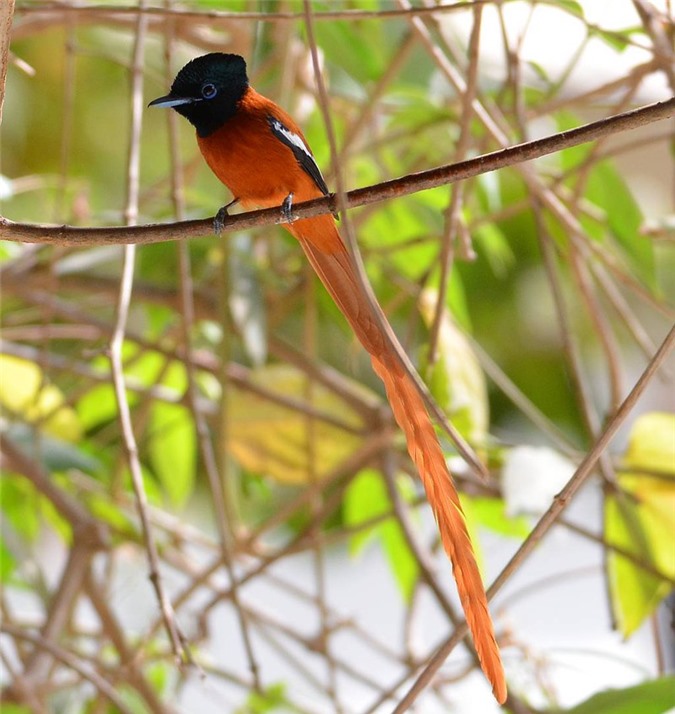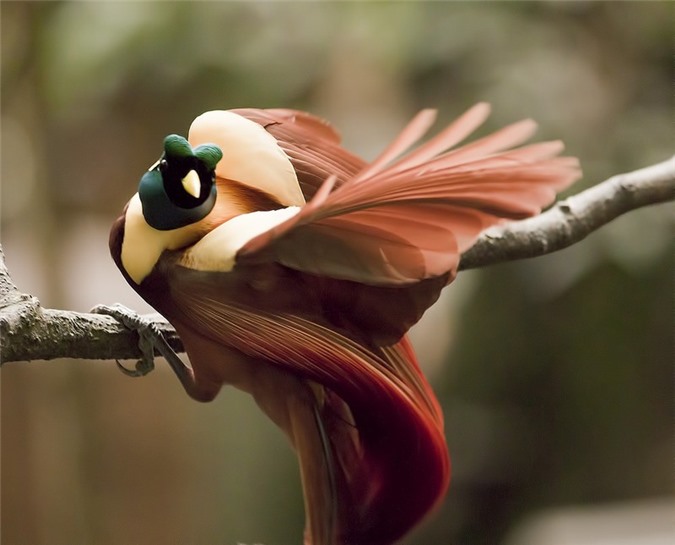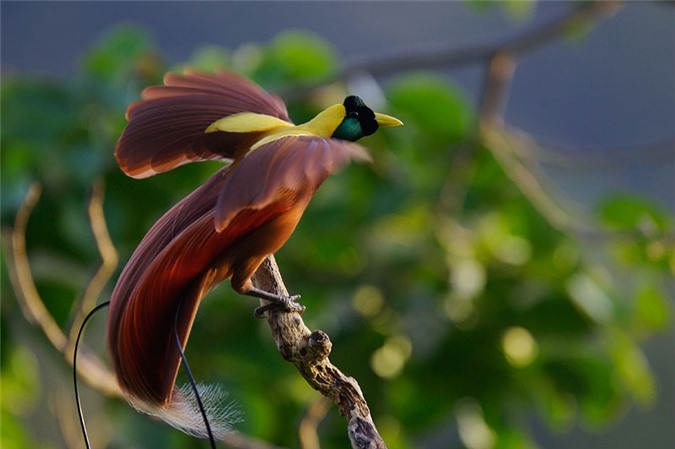
The bird of paradise’s unique appearance and behavior have long fascinated scientists and nature enthusiasts alike. Its elaborate plumage and courtship displays have been the subject of numerous studies, revealing insights into the evolutionary pressures that have shaped this remarkable bird.
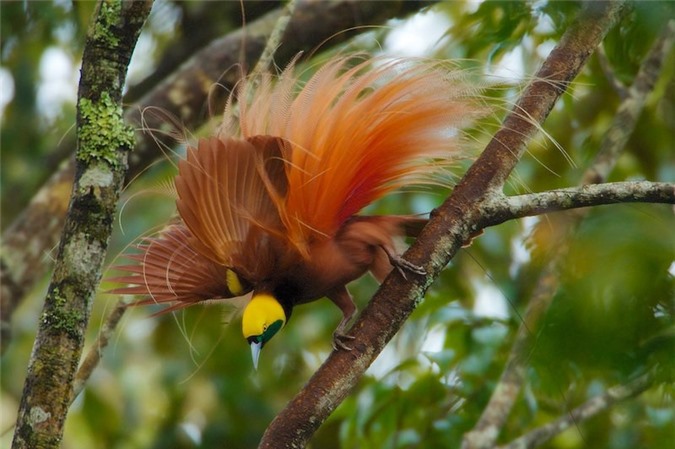
One fascinating aspect of the bird of paradise is its ability to control the color and appearance of its feathers. The bird’s feathers are actually black, but they appear to be brilliantly colored due to the microscopic structure of the feathers. The bird can adjust the spacing and arrangement of these structures to change the perceived color of its feathers, allowing it to send different messages to potential mates or rivals.
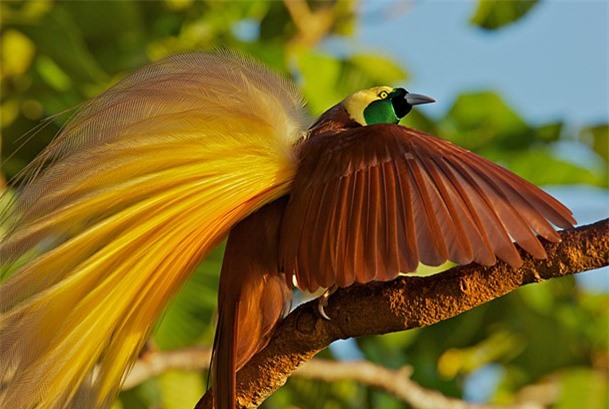
In addition to its visual displays, the bird of paradise also has a unique vocal repertoire. Males use a variety of calls and songs to communicate with females and establish their dominance over other males. These calls are highly complex and often involve intricate patterns of sounds and movements.
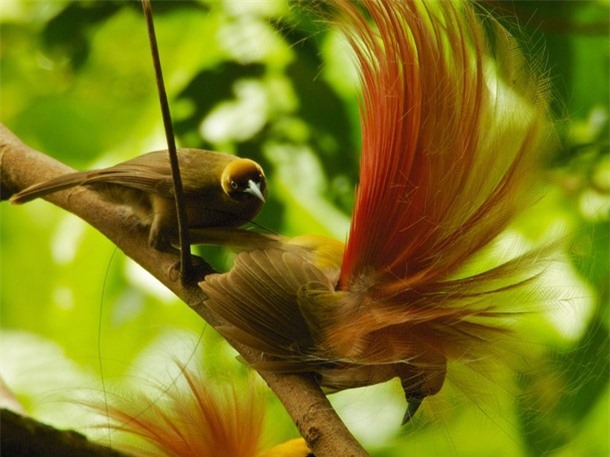
Despite its many unique adaptations, the bird of paradise is facing a number of threats to its survival. Habitat loss and hunting by humans are the primary threats, but climate change and invasive species are also concerns. In response, conservation organizations and local communities are working to protect the bird and its habitat, through measures such as habitat restoration, anti-poaching efforts, and sustainable land use practices.
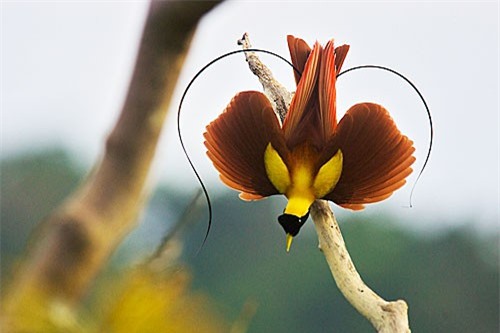
As we continue to learn more about the bird of paradise, we gain a greater appreciation for its remarkable adaptations and the intricate web of ecological and cultural connections that surround it. By working to protect this iconic bird, we can help to ensure that it continues to thrive in the wild, and inspire future generations to appreciate and protect the natural world around us.
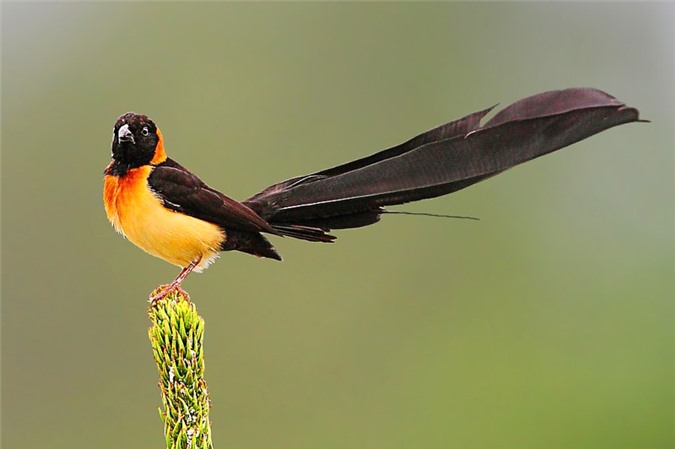
In conclusion, the bird of paradise is a truly unique and fascinating creature, with a rich evolutionary history and cultural significance. Through conservation efforts and ongoing research, we can learn more about this remarkable bird and work to protect its habitat and populations for the future.
